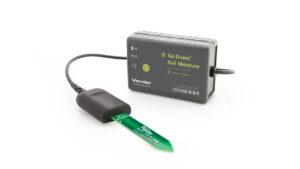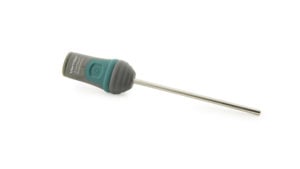In this video, Vernier environmental science expert Colleen McDaniel explores four sensors that can help your students investigate the world at their feet. From identifying moisture needs for plants to comparing ecosystems and even digging into microorganisms and decomposition, these sensors help you find new ways for students to engage in hands-on scientific study. You’ll also see a demonstration of the new Go Direct® Soil Moisture sensor!
Key Takeaways:
- How to design and implement engaging, hands-on soil science experiments that allow students to investigate real-world problems, such as optimizing plant growth, effect of compost on soil condition, and exploring the impact of land use on soil health.
- Strategies for integrating soil moisture, pH, CO2, and temperature data into cross-disciplinary lessons—connecting soil science to topics in biology, chemistry, environmental science, and agriculture.
- Best practices for using Go Direct sensors to facilitate hands-on investigations, encouraging students to develop their own research questions, design experiments, and draw conclusions based on their data, thus promoting critical thinking, problem-solving, and scientific reasoning skillsResources Folder




